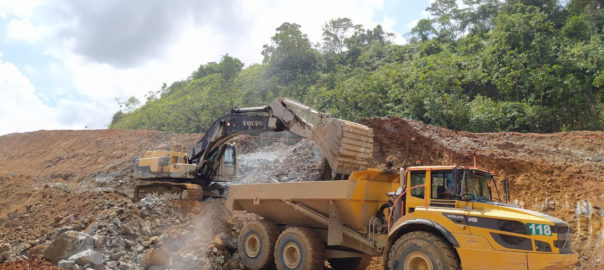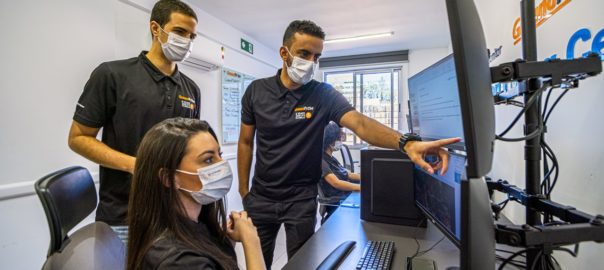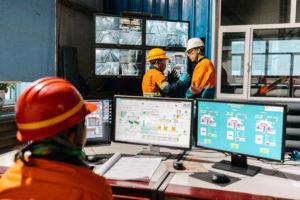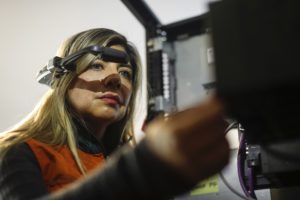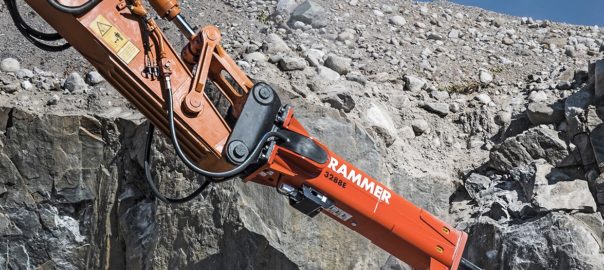Contract miner Byrnecut will roll out Sandvik’s Remote Monitoring Service solution at nearly a dozen of its Australian mine sites, following the completion of a successful trial of the technology, the OEM says.
Under a 12-month deal, Sandvik specialists will monitor machine performance and operator behaviour on some 95 Sandvik underground dump trucks and LHDs at 11 Byrnecut-operated mines. Daily and weekly reports will help Byrnecut to identify crucial maintenance areas and to encourage best operating practices, with major potential savings and efficiency gains, Sandvik says.
“At Byrnecut, we’re serious about continuously increasing productivity, uptime and safety,” Byrnecut Australia Managing Director, Pat Boniwell, said. “Based on the results of the three-month trial of Sandvik’s Remote Monitoring Service solution, we are now deploying this technology across all our connected sites in Australia where Sandvik equipment is in use. We’re optimistic that this will yield measurable productivity gains and cost savings for the business.”
Sandvik Mining and Rock Solutions’ Business Line Manager – Parts & Services, Graham Barrow, added: “Sandvik and Byrnecut have a long history of successful cooperation. We’re delighted to now be providing Remote Monitoring Service at these 11 sites and to be assisting Byrnecut to achieve an even more efficient operation.”
Sandvik’s Remote Monitoring Service solution uses existing technology fitted to the Sandvik equipment to collect telemetry data on a wide range of variables. The data collected is then analysed by Sandvik data scientists, providing insights into factors such as the health of the engine, transmission, hydraulics and other machine parts, and how operator behaviours are affecting fuel and parts consumption and efficiency, it says. Customers receive daily reports on so-called ‘operator violations’, where Sandvik analysts have detected counterproductive operator behaviour. This can include braking and accelerating simultaneously – a practice that prematurely wears out service brakes – running the engine overspeed and selecting inappropriate gears for the conditions at hand.
Weekly reports are delivered on identified maintenance opportunities, such as replacing a part that is rapidly wearing out before it fails and causes an unplanned stoppage to production.
Sandvik says: “While customers can potentially analyse such data in-house using their own dashboards, using the Sandvik solution means that the data is viewed by OEM experts who understand better than anyone the tolerances of the equipment and common causes for failures and premature wear. In addition to that, Sandvik harnesses large pools of telemetry data for mining equipment. This combination enables us to provide actionable insights in a concise and easy-to-digest form.”
The trial of the Sandvik Remote Monitoring Service at an underground gold and copper mine, where Byrnecut provides development and production services for the mine owner, began in July 2022. It ran over three months, during which time Sandvik experts monitored the performance, health and driver behaviour on 30 pieces of load-and-haul equipment, including Sandvik underground LH621i loaders and TH663i trucks, according to Barrow.
“Byrnecut is always looking to do things better and they identified the mine as a location where they were hoping to increase equipment reliability and maintenance intervals,” he says. “We were very happy to demonstrate how our solution is suited to exactly this task.”
Boniwell says the trial yielded concrete results.
“We were able to see a clear reduction in parts costs over the course of the trial, which, of course, is pleasing to us,” he says. “Another key outcome was a change in behaviour. As the operators received updates on their performance, they looked for ways to improve and become more efficient. It increased communication between the operators and the maintenance teams and this benefitted the whole operation.”
Operational efficiencies and resource efficiencies are anticipated to contribute to a drop in parts usage and waste, contributing sustainability benefits across the agreement sites.
While the initial contract between Sandvik and Byrnecut is for 12 months, Sandvik says it hopes the deal will be extended at the end of that period.








